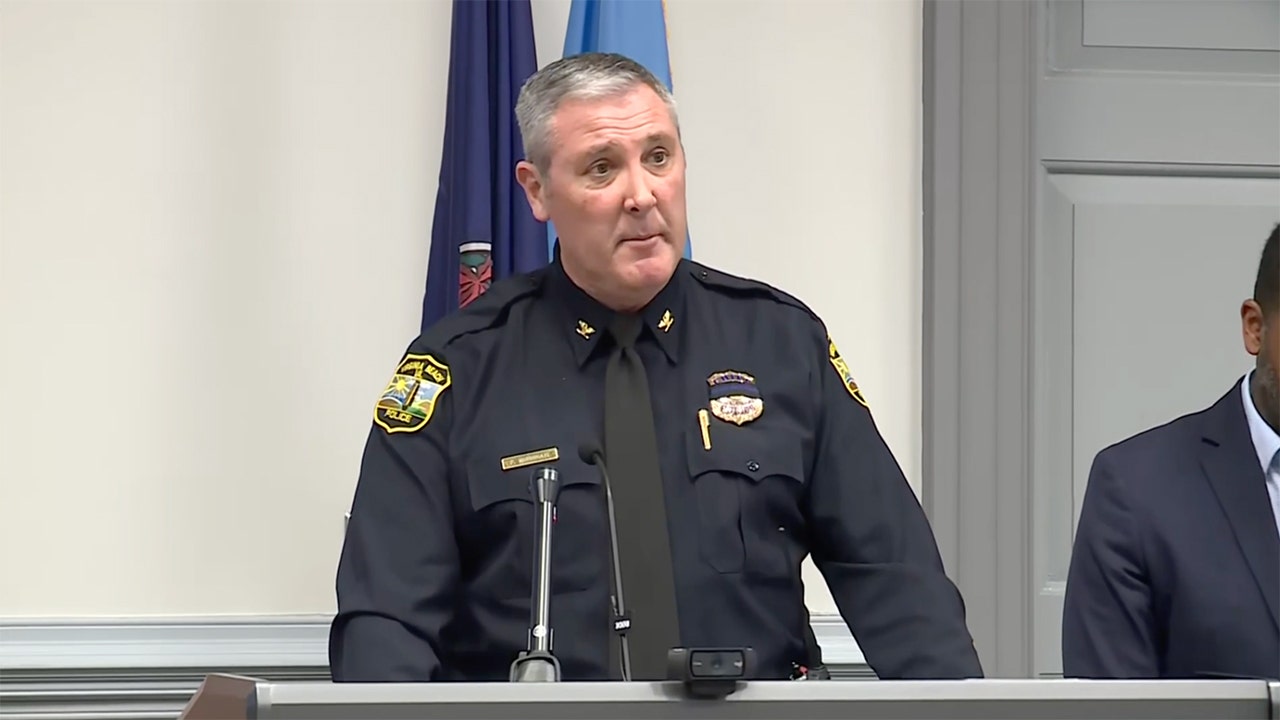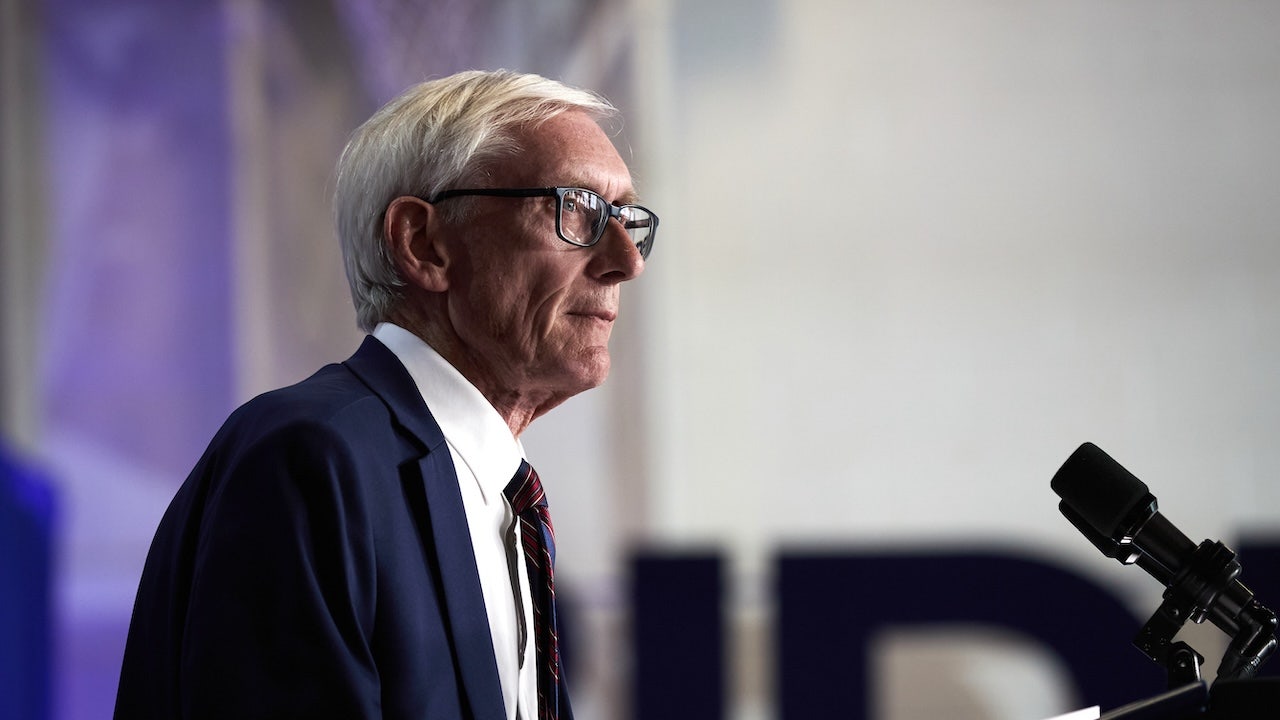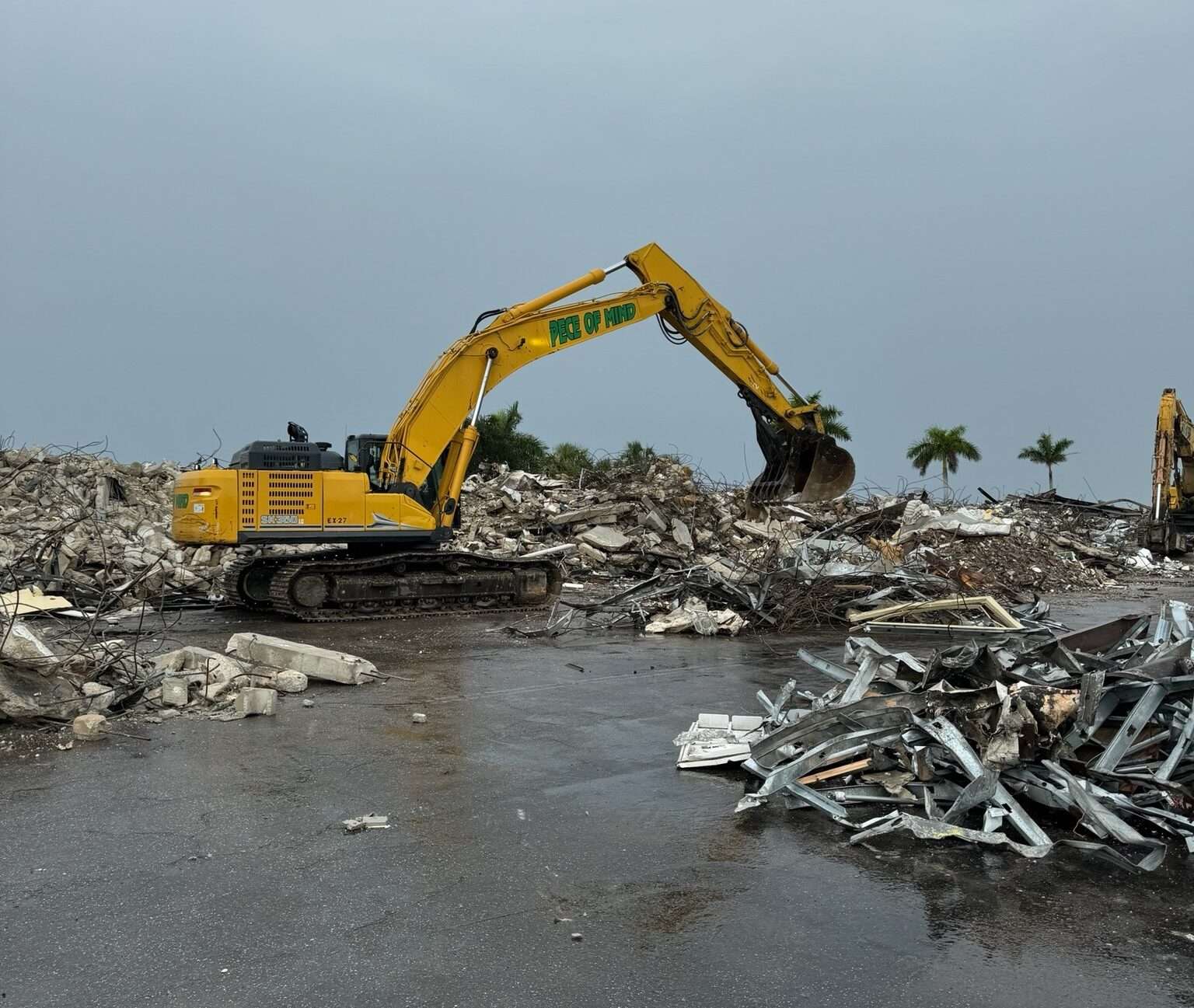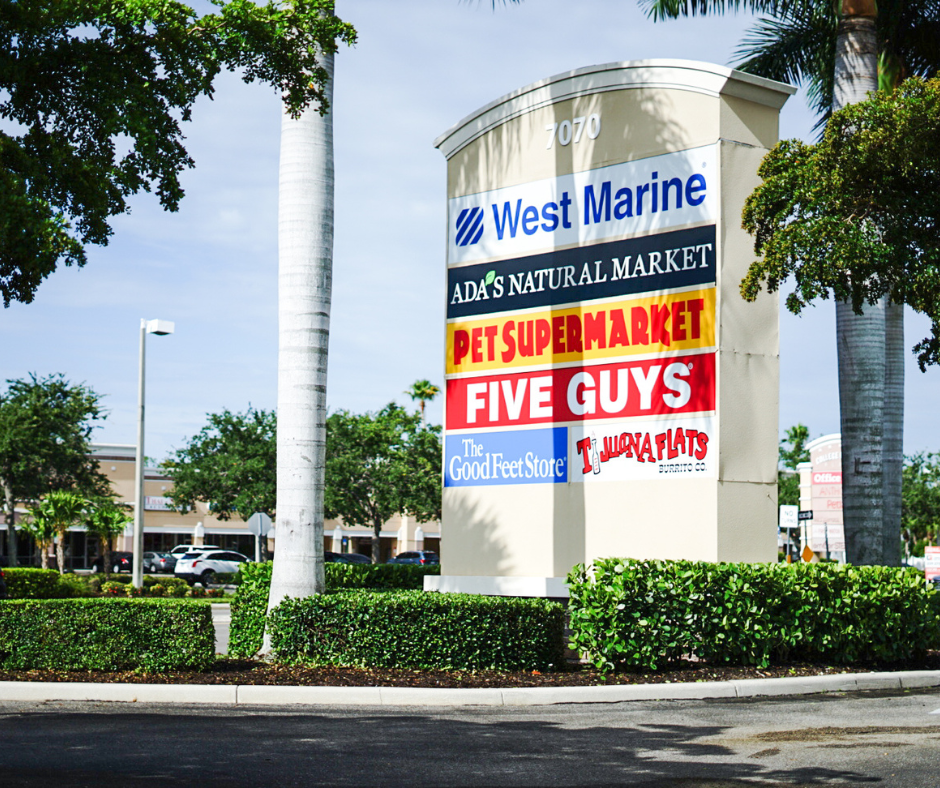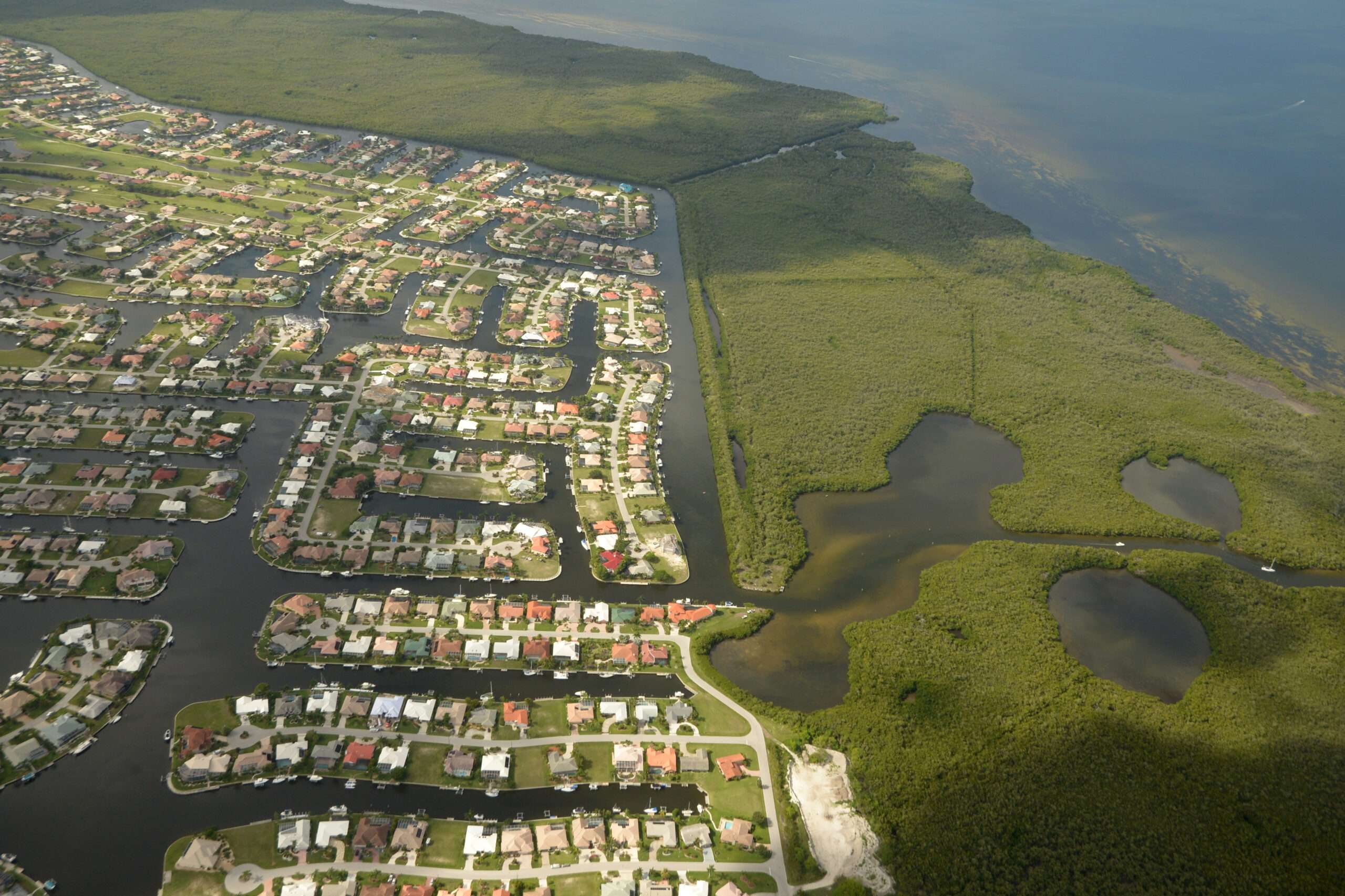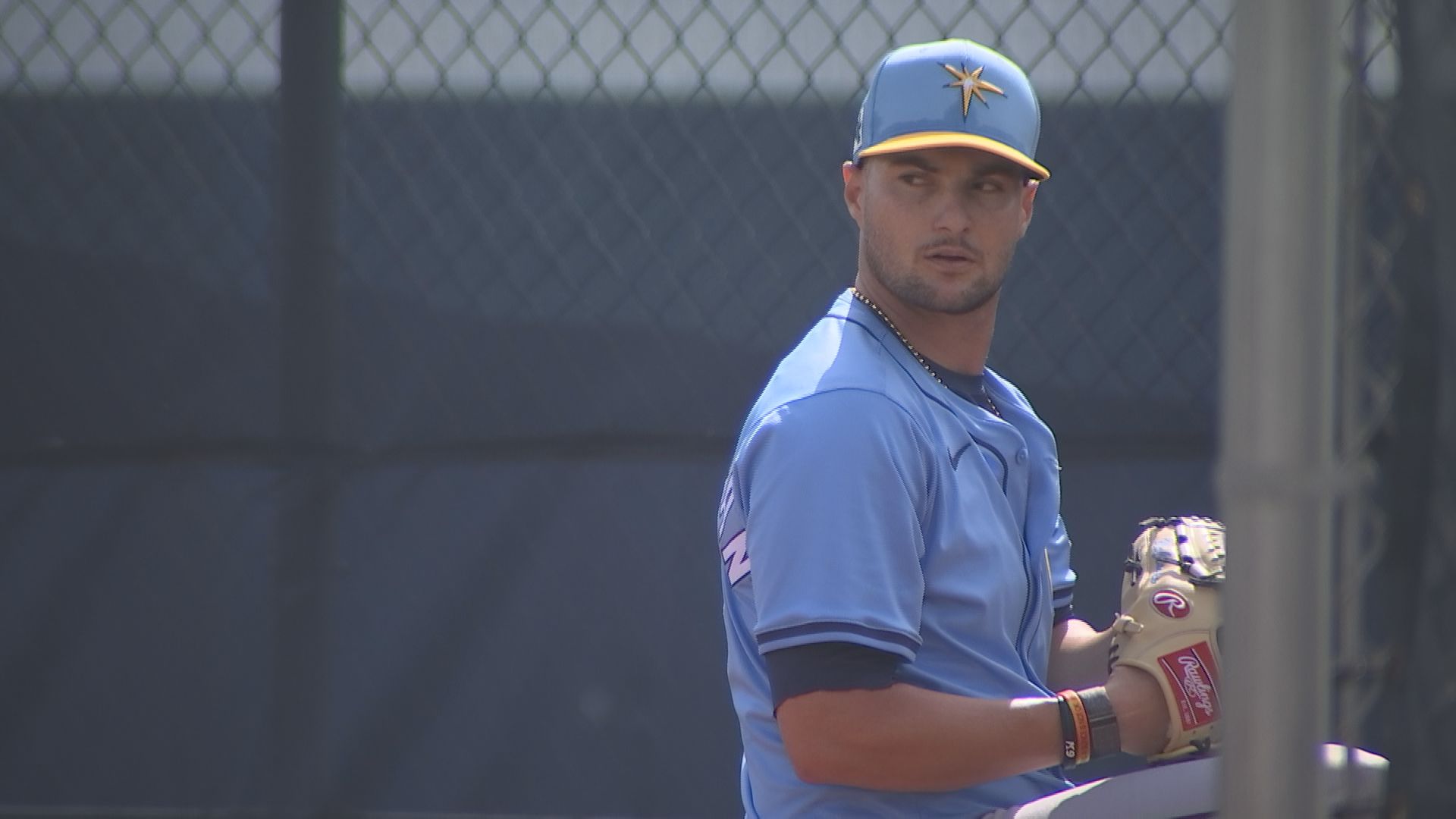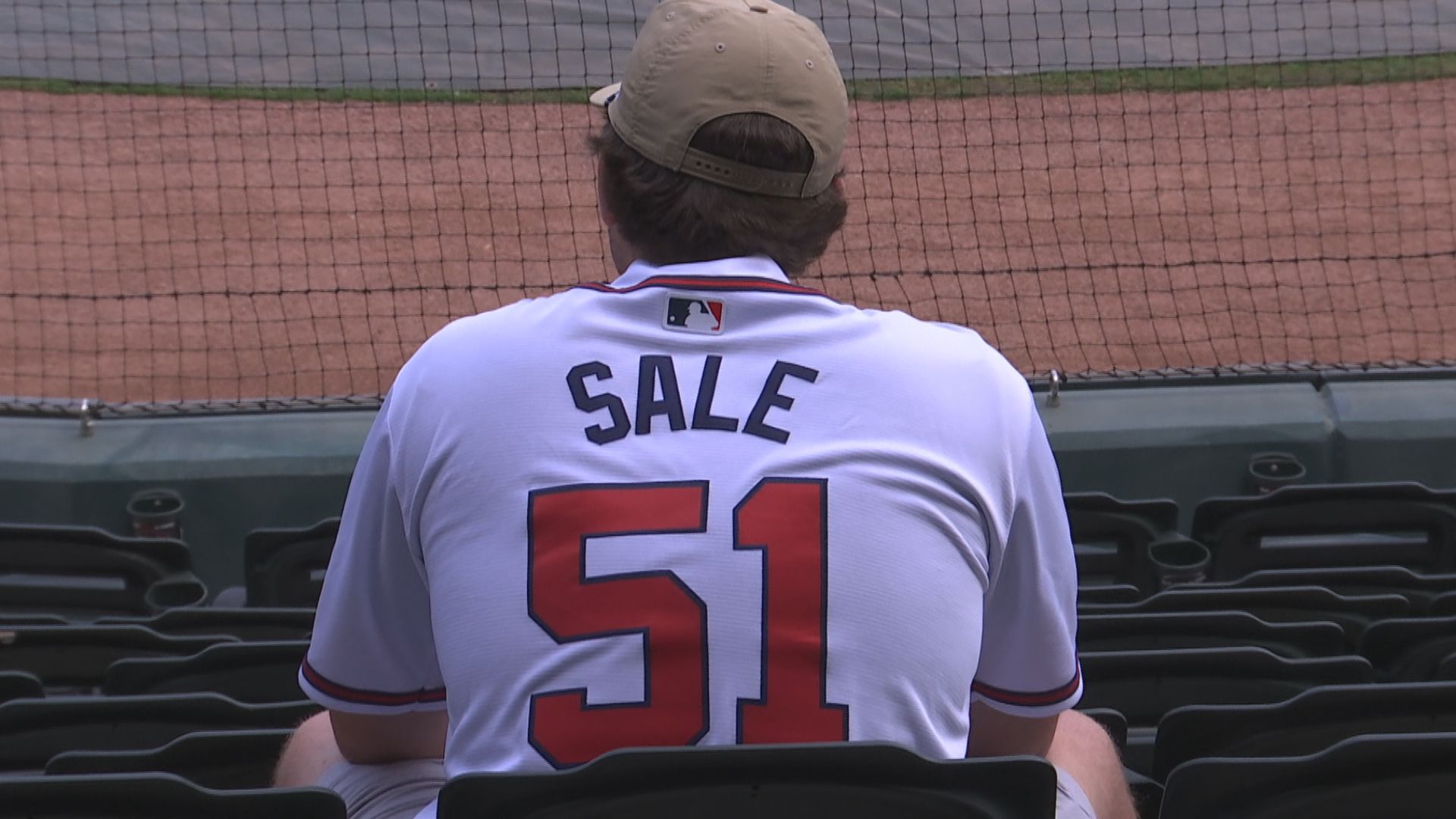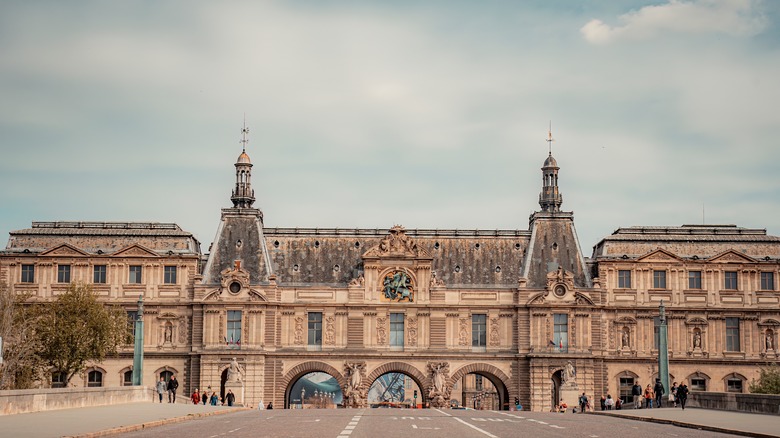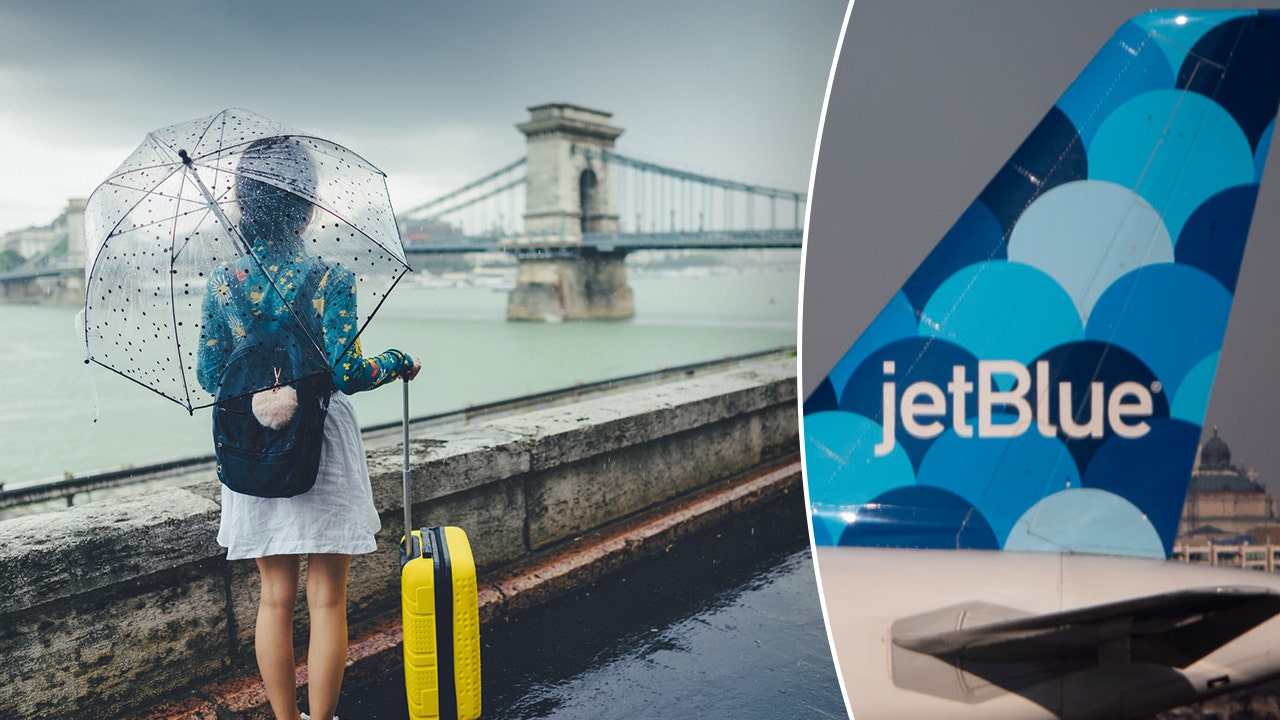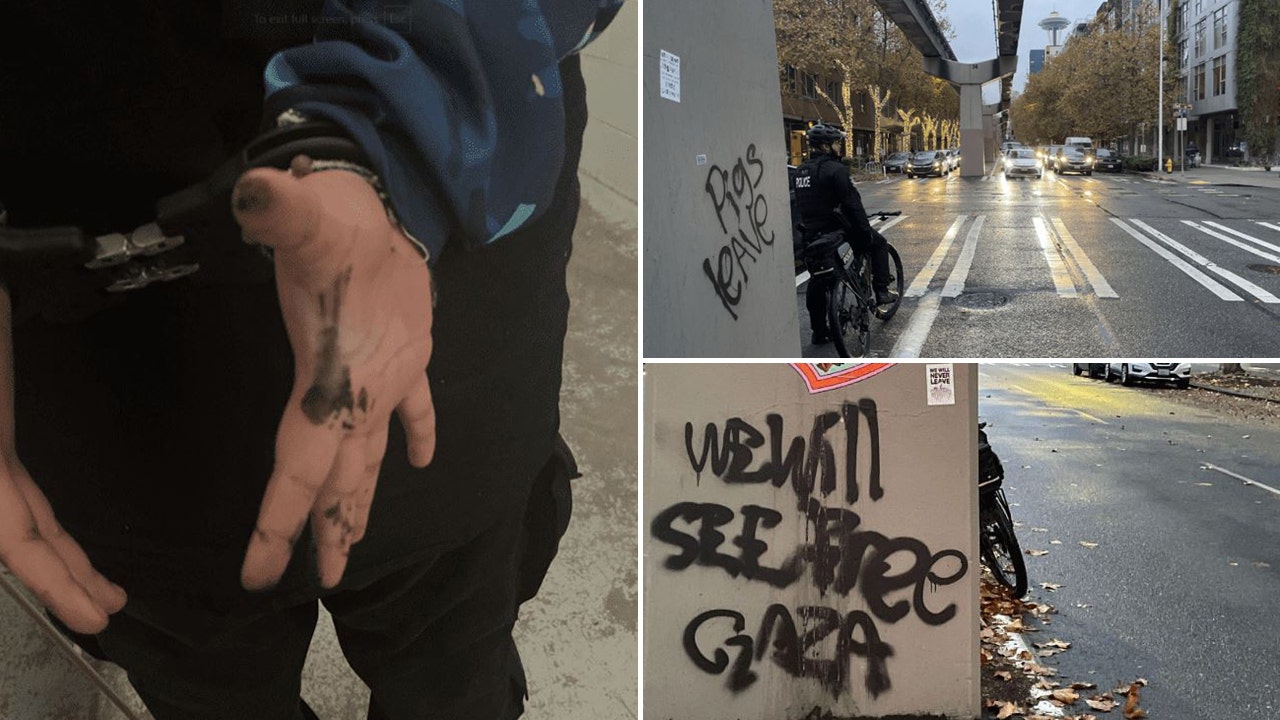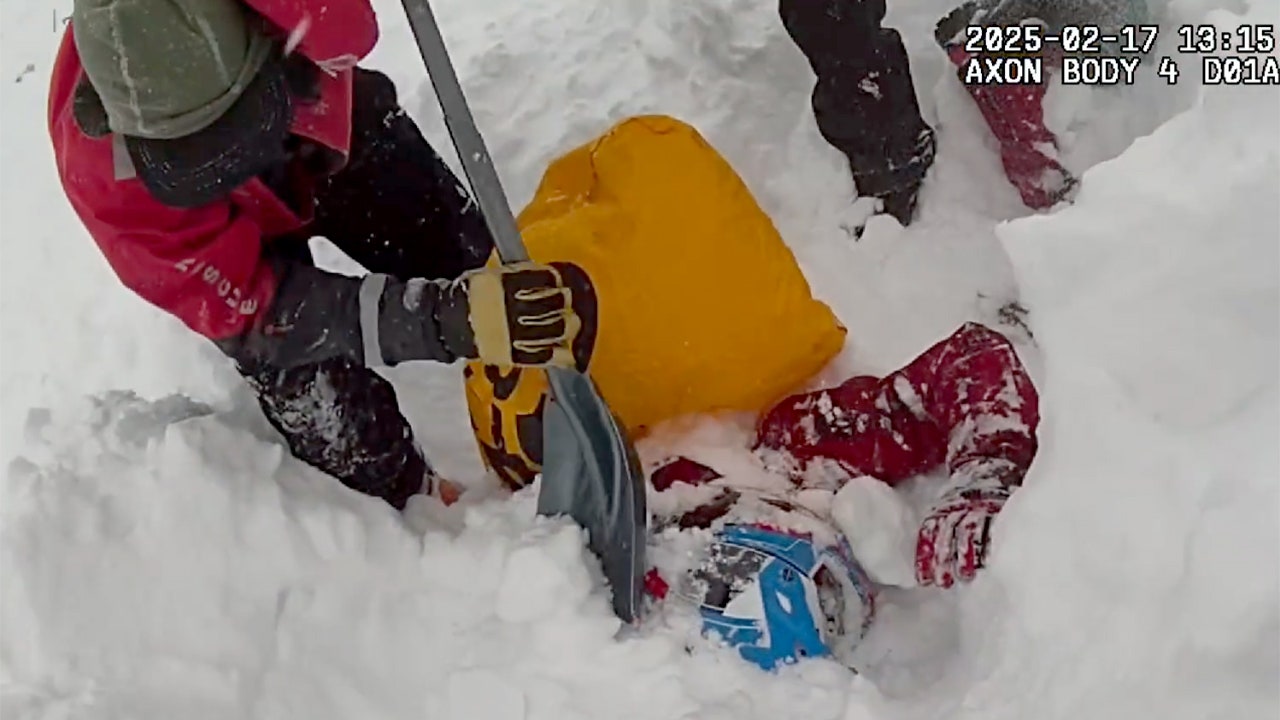A Seattle Teen Arrested After Protest Disrupts Neighborhood
A Seattle teen found herself in handcuffs after public property fell victim to graffiti during a left-wing protest on Saturday afternoon. The protest, which aimed to voice discontent with both major political parties, ignited tensions in the heart of the city.
Transforming Discontent into Action: ‘Build the People’s Movement’
The event called “Build the People’s Movement” drew approximately 200 passionate demonstrators to the iconic Space Needle, a stark reminder of Seattle’s rich cultural landscape. Eyewitnesses reported that protestors rallied against what they deemed a “fake democracy,” exposing their anguish about the shortcomings of the Republican and Democratic Parties. Posted videos on social media captured the fervor, with attendees chanting evocative phrases like “From the sea to the river, Palestine will live forever,” resonating deeply with viewers.
As they marched south along 5th Avenue, disrupting carefully choreographed city life, these citizens shattered the monotony of a typical Saturday afternoon. Their voices, echoing through the downtown streets, expressed collective frustration, a feeling many share yet few verbalize publicly.
Graffiti: An Expression or an Act of Vandalism?
In the wake of the protest, Community Response Group (CRG) officers discovered black spray paint on the concrete columns of the Seattle Monorail, located between Denny Way and Bell Street. The graffiti featured slogans such as “Seattle with Gaza” and alarming phrases like “SPD there’s blood on your hands,” each stroke a bold testament to the feelings of a disenchanted youth.
For some, graffiti represents a form of art; for others, an act of vandalism. Onlookers may become uneasy, straddling the line between admiration and disapproval. The vandalism, while branding a physical structure with ideals and emotions, ignites a debate about the appropriation of public spaces and the right to express dissent creatively.
Officers apprehended the alleged vandal, a 17-year-old girl, who was found with matching paint on her hands. The police, after consulting with juvenile detention staff, opted not to book her on felony charges due to her age. Instead, she was released into her parents’ custody, a decision that raises reflection on consequences and youth-driven movements.
Community Response: Cleaning Up the Aftermath
City crews quickly swung into action, diligently working to remove the graffiti—a physical legacy of the protest that had unfolded moments earlier. As they scrubbed away the ink, one must wonder what deeper conversations could arise from this event. Did the voices of the protest reach those in power? Or was it merely a fleeting moment in a city known for its progressive values?
While the young protestor faces the repercussions of her actions, her choices reflect a generational struggle for voice and representation. In a society where many feel unheard, moments like these demand not just attention, but an introspective examination of freedom, expression, and responsibility in the face of upheaval.
As Seattle converses about these events, it may become essential to acknowledge the perspectives of its youth—those ready to challenge the status quo, even if it means momentarily painting their frustrations on the very walls of their community.


